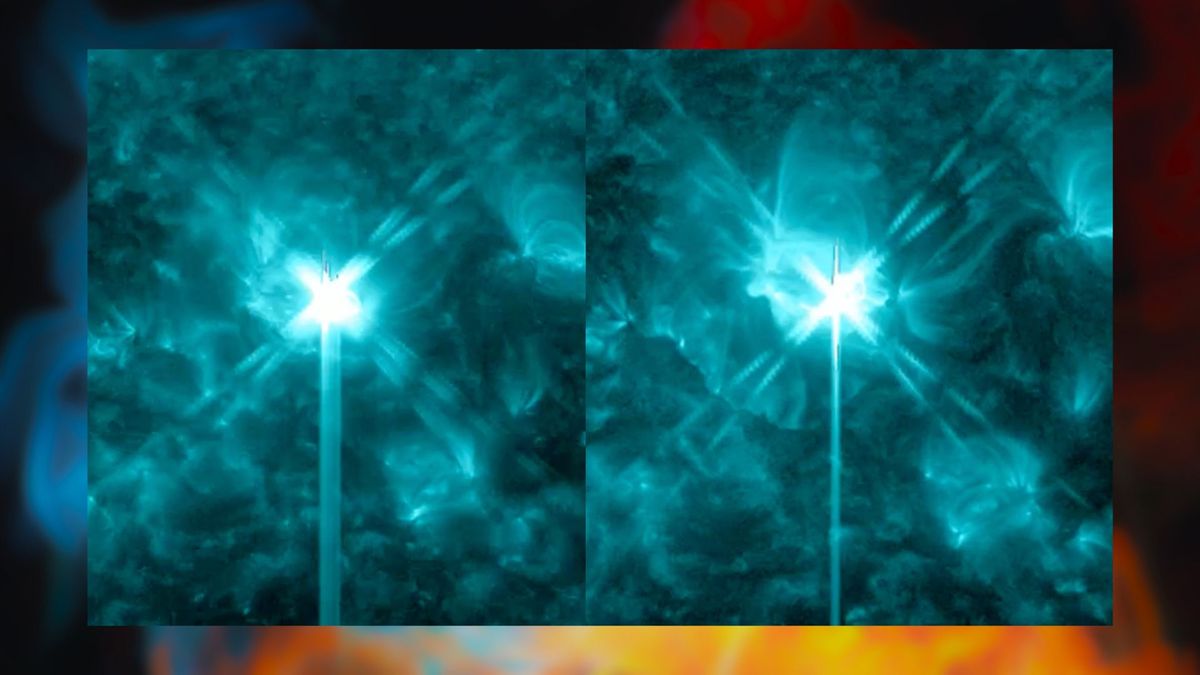
Update: May 2, 2024
The sun has been active in recent days, with multiple solar flares erupting from various regions on its surface. Two of the most notable events occurred on May 2 and May 3, both originating from sunspot region AR3663.
On May 2, an X-class solar flare struck Earth, causing shortwave radio blackouts across Australia, Japan, and much of China. The powerful explosion was captured by various space agencies and organizations around the world.
Just hours later, on May 3, another M-class solar flare erupted from the same sunspot region. This event also faced Earth and had the potential to impact power systems, satellites, and navigation systems.
The National Oceanic and Atmospheric Administration (NOAA) issued a warning for a significant geomagnetic storm expected on May 2, 2024. The warning indicated that a geomagnetic K-index of 7 or greater was anticipated, which could lead to voltage irregularities in power systems and charging issues for satellites in low Earth orbit.
Power systems may experience false alarms during the storm due to induced currents. Satellites, particularly those in low Earth orbit, may encounter increased drag and charging, affecting their orientation and trajectory. Navigation systems, particularly those relying on GPS, may face intermittent problems during the geomagnetic storm.
The sunspot region AR3663 has been closely monitored by various space agencies and organizations due to its high level of solar activity. The explosive nature of this region highlights the importance of continuous monitoring and prediction capabilities for potential impacts on Earth.



